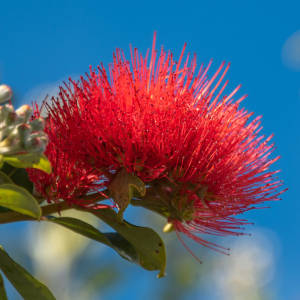A Walk in the Park
I had Acupuncture this morning and on my way home I took a walk along the Avon. The Weeping Willows were just starting to get their Autumn golden colour. It was hard to know which shot to put up. You can see my other one in my extra ones.
After yesterdays gloom today was sunny and little warmer. A cool wind did pick up a little. There were a number of people out for walks and enjoying the day.
Weeping Willow Tree Facts
The weeping willow (Salix babylonica) is easily identified by its long, graceful, cascading branches and slender, silvery leaves. It has been identified in various cultural contexts with deep human emotions.
Willow trees produce an abundant, milky sap. Within the sap is a substance called salicylic acid. In 1763, a British minister named Edward Stone did experiments on willow sap and identified and isolated salicylic acid. The acid caused too much stomach upset to be widely used until 1897 when a chemist named Felix Hoffman created a synthetic version which was gentle on the stomach. His company, Bayer, produced his invention as the first aspirin.
Willows are literally used for art. Artists' sketching charcoal is often made from processed willow bark and trees.
Willows are symbolic of death thanks to their weeping form. If you look carefully at paintings and pictures from the Victorian era, you can sometimes spot a funeral painting, or artwork commemorating the death of someone, by the weeping willow tree and other symbols in the picture.
For more interesting facts about Weeping Willow Trees

Comments
Sign in or get an account to comment.


